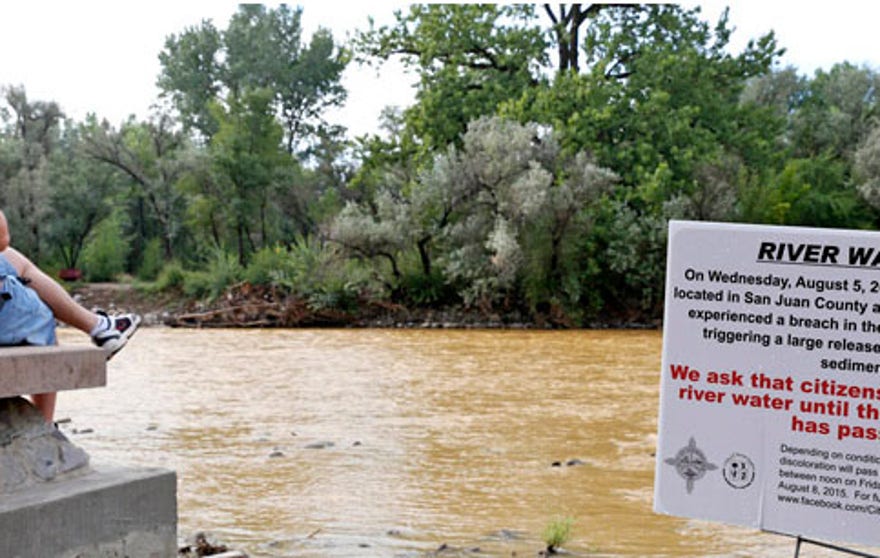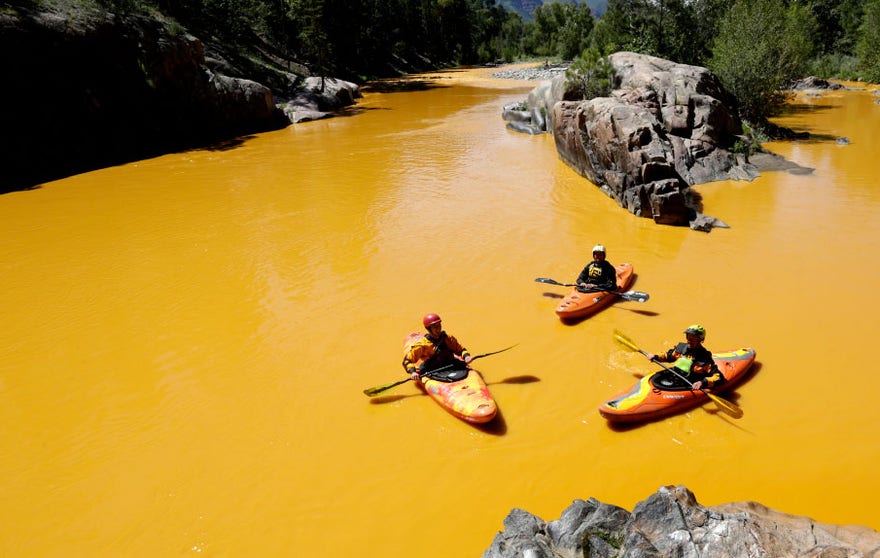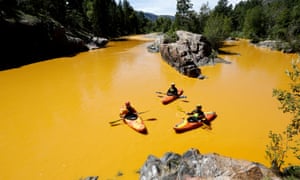On MSNBC Live with Thomas Roberts Monday afternoon, environmental reporter Tony Dokoupil described the Environmental Protection Agency causing three million gallons of toxic waste to spill into a Colorado river as “good intentions leading to a bad outcome.” He explained: “This mine has been leaking sludge for a long time and EPA was on the scene in hopes of cleaning it up.”
Moments later, Dokoupil seemed to suggest local citizens were really the ones to blame for the massive pollution:
...this is one mine, but in fact, there are dozens and maybe even hundreds of them in the area. And the EPA has been saying, “We want to make this a Superfund site.” Which means they want to dedicate a special amount of money to clean this really super toxic thing up. They haven’t had the political support to get that done because locals, believe it or not, want more mining in the area, they want more development.
Dokoupil lectured: “After this, I think they may revisit the conversation.” Roberts replied: “May be a little conflicted.”
Here is a transcript of the August 10 exchange:
2:52 PM ETTHOMAS ROBERTS: We want to show you what's happened in Colorado. A discolored sludge that is traveling down the Animas River in the mountain states of Colorado, also to New Mexico as well. And as you can see, it started in the southwestern Colorado gold mine and has now reached New Mexico. There are even fears it could spread to the Grand Canyon. About three million gallons of waste water began spilling on Wednesday, when a cleanup crew breached a dam. The crew was being supervised by the EPA. Which is amazing when you think about it.Tony Dokoupil’s a reporter for MSNBC and the host of Greenhouse on Shift by MSNBC. So Tony, when people hear that, that this was being observed by the EPA, how could this happen?TONY DOKOUPIL: Well, it's good intentions leading to a bad outcome. This mine has been leaking sludge for a long time and EPA was on the scene in hopes of cleaning it up. But what they inadvertently did was knock the dam loose and the whole thing came down the river. So they thought it was one million gallons, it turned out to be three million gallons. And the stuff is heavy metal, it’s arsenic, it’s lead, it’s cadmium, at 300 to 3,000 times the normal level. And they're still in a containment phase of this. They don't know what the cleanup’s going to be because they're still trying to cap it again.(...)
DOKOUPIL: The big question now is, you know, how did this happen and how do we avoid having it happen again?ROBERTS: In the future.DOKOUPIL: Because, you know, this is one mine, but in fact, there are dozens and maybe even hundreds of them in the area. And the EPA has been saying, “We want to make this a Superfund site.” Which means they want to dedicate a special amount of money to clean this really super toxic thing up. They haven’t had the political support to get that done because locals, believe it or not, want more mining in the area, they want more development. After this, I think they may revisit the conversation.ROBERTS: May be a little conflicted.DOKOUPIL: Yeah.




 James Woods
James Woods












 Chip Knappenberger
Chip Knappenberger


